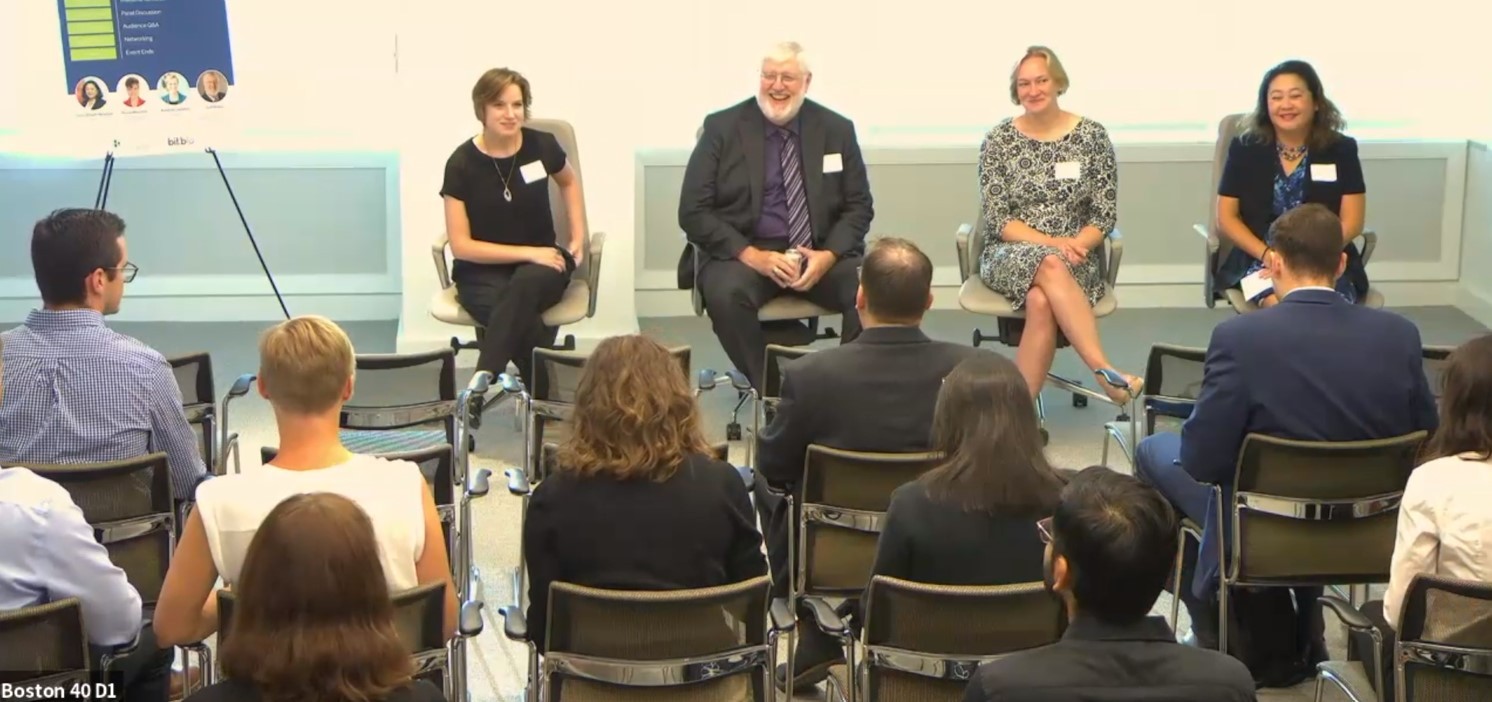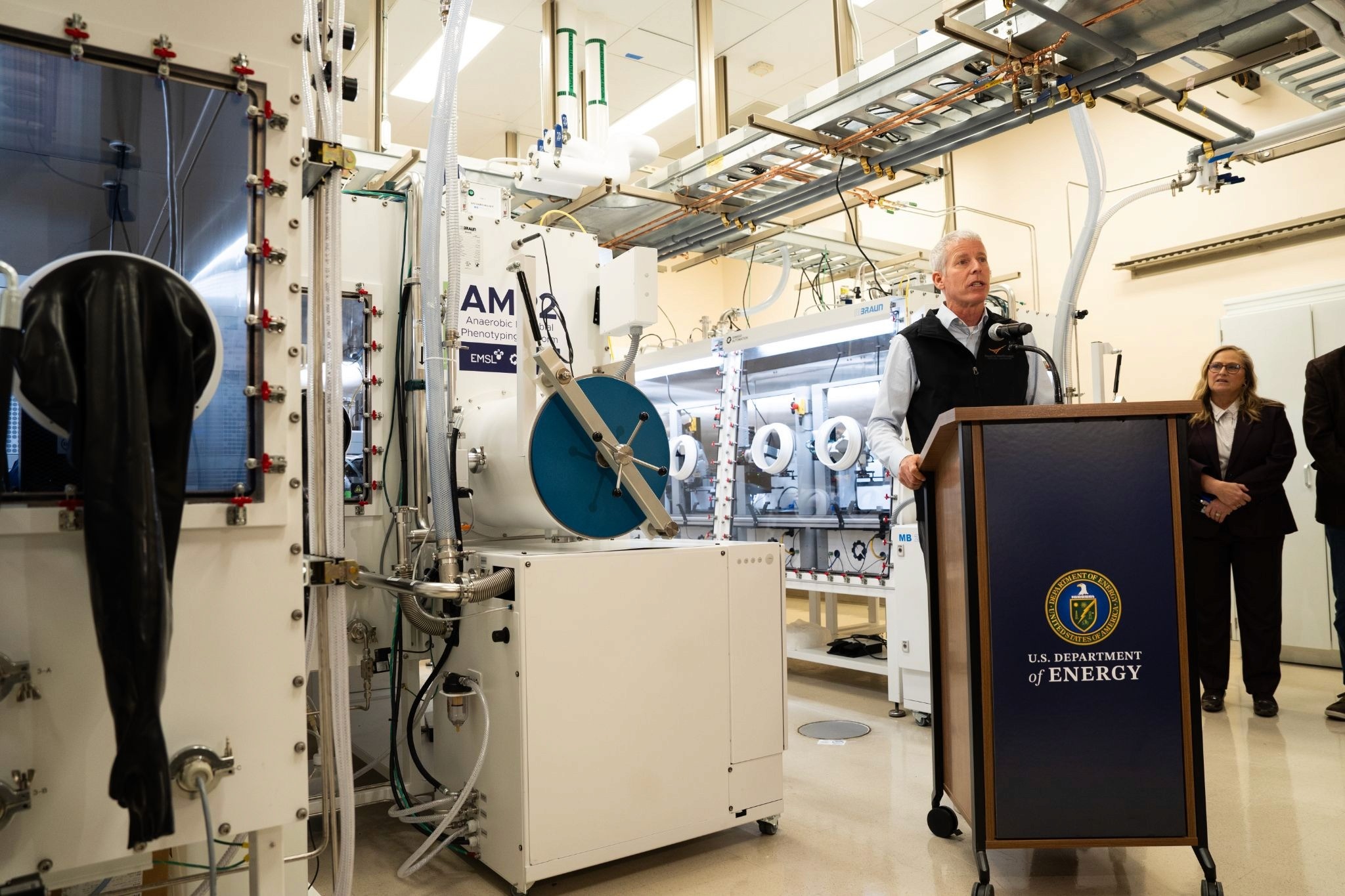Regulatory and Manufacturing Insights for SynBio Therapeutics
Last week, SynBioBeta hosted our Boston leaders' breakfast with bit.bio to discuss the regulatory challenges of synbio-derived therapeutics. We heard key insights and experiences from experts across regulatory, manufacturing, and IP.
Sep 27, 2023
Last week, SynBioBeta hosted our Boston leaders' breakfast with bit.bio to discuss the regulatory challenges of synbio-derived therapeutics. We heard key insights and experiences from experts across regulatory, manufacturing, and IP. These are complex topics with a lot of moving parts and we asked our panelists to dig into the nuts and bolts of the regulatory system. Here are our biggest takeaways:
The US FDA is a massive, complex federal agency; there are many avenues for a novel drug or device to be assessed or regulated. So when the FDA receives an application, how do they view what they receive? As a drug maker, what path will you be sent down? The answer, it turns out, is not so simple. Jeffrey Baker, former Deputy Director, Office of Biotechnology Products, at the FDA, gives a real-life example of a therapeutic prepared with egg whites derived from a transgenic chicken. “There were a lot of meetings between USDA, the Center for Veterinary Medicine, the Center for Biologics, and the Center for Drugs about oversight. It was very collegial, not “turfy" at all,” says Baker. Naturally, there were a number of chicken and egg jokes throughout the process, which got a bit stale by the forty-fifth retelling. “But really, what we were talking about was what was the starting material, which was a big deal,” Baker emphasizes.
Once a company gets designated to the purview of the FDA, things simplify somewhat. At the highest level, the FDA’s review process is patient-centered and risk-based. Is the drug manufactured in a controlled and predictable way and released in a controlled and predictable way? “[Fundamentally], you want the patient and the caregiver to have a highly predictive experience,” says Baker.
From a drug manufacturer's perspective, the how of getting to that predictable experience is a huge challenge. It’s important to highlight that the FDA only regulates the manufacturing of drugs in the United States. The FDA has no oversight in the R&D process unless R&D data is used in the IND application. In that case, R&D data is held to a GMP standard. Deciding to include R&D data is an important decision for any company and needs to be made early in the development process.
For a company like bit.bio, demonstrating consistency is one of the benefits of its cell reprogramming platform, opti-ox. Kathryn Golden, Senior Vice President of Tech Operations at bit.bio says that the company’s use of transcription factors and genomic safe harbor sites enables them to transform iPSCs into cell types of choice with an extremely high degree of consistency. But communicating that to regulatory agencies like the FDA and MHRA is key. “We want to make sure they understand our platform early so they can help guide us along the way,” says Golden.
Bit.bio is a good example of a platform company with the potential to spin off many cell therapy assets. But this poses another challenge. As medicines like cell and gene therapies become increasingly individualized, it will be impossible to run clinical trials for every drug. If a platform like bit.bio’s creates a drug that specifically targets a patient population of 100, the clinical trial size and patient population will essentially be the same. So how will assets spun off synbio platforms be regulated? It turns out that no one knows yet. The technology is so new, companies and agencies are just starting these conversations.
“I'll be very honest and say this is a very fun debate internally. It's a great way to de-rail a meeting on another topic,” jokes Golden. “But it's also really exciting to be at the forefront of some of these decisions, getting agencies like the FDA and MHRA to rethink how they define things. As we're pushing our first asset to the clinic, we're really keeping in mind that this might become a platform approach.”
Having a powerful therapeutics platform doesn’t guarantee success. Innovators also need to secure their IP and trade secrets. Terri Shieh-Newton, an IP attorney and Partner at Mintz and expert in life sciences IP explains that areas like synbio for human health, and especially technologies like cell and gene therapy, require different layers of protection.
“For some companies, [their product] is about recreating what is already part of the body. There's a tension there between what to say to the FDA and your IP strategy. You don't want to say, “Oh, this is nothing like what one would find in the body,” to the FDA. But at the same time, with patent law, you have to deal with Section 101 patentable subject matter,” says Shieh-Newton.
Essentially, you can’t patent a product of nature. And yet, the goal of the technology is to engineer a cell or gene that is nearly identical to the patients’. This tension means that companies need to think about their IP strategy along with their manufacturing and regulatory strategies from the very beginning. When one of those strategies evolves, so must the others, as they are all intertwined.
These insights included here have all been the high-level overview of the deeper technicalities we discussed at our event. Frankly, much of our discussion was too detailed to include in this brief summary. But don’t worry! You can access the full recording at the bottom of this article. Our audience had questions of their own, such as what happens if you need to change your manufacturing process after you’ve filed an IND, especially as technologies evolve and improve. (Spoiler alert: You can make changes as long as they don’t invalidate your initial data). What is the impact of AI on drug development and IP security? How does the FDA see AI modeling data versus lab data?
You can find deeper dives into all these topics, more questions, and many, many more insights in our video recording. Click here to check it out!










